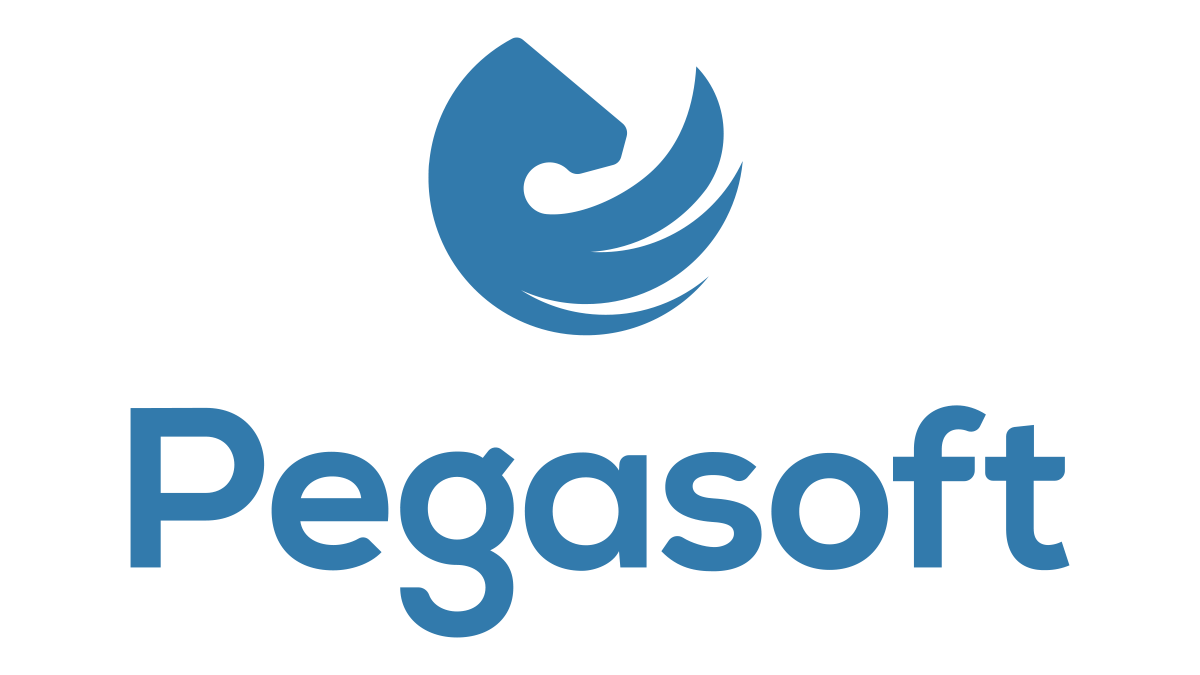The point on chronic migraine at a conference held in Rome, in the Sala del Cenacolo of the Palazzo Valdina.
The conference ‘Migraine: innovative projects to take charge‘ was held in Rome on 18 June in the Sala del Cenacolo of Palazzo Valdina.
Chronic migraine, a social disease
Chronic migraine is a disabling disease. It is recognised as a social pathology by law 81 of 14 July 2020.
In recent years, a number of important recognitions have been made for patients suffering from this disease: a fund of €5 million has been established for 2023 and €5 million for 2024. However, the tens of millions of euros made available to the regions are at risk of not being used because of bureaucratic delays and delays in allocating the funds.
This leaves only a few months to implement the IT platforms, start the training plans, set up the pathology registers, the treatment and care pathways (Pdta) and the networks to support chronic migraine sufferers.
The regions are calling for an extension of the deadlines.
This was the subject of the debate on the study “Migraine: innovative projects to take charge” held at the Chamber of Deputies on 18 June.
The meeting was chaired by Angela Ianaro, President of the Interinstitutional Science & Health Network and Professor of Pharmacology, who was a Member of Parliament in the last legislature.
The survey
The event ‘Migraine: innovative projects to take charge‘, held in Rome, was organised by Dini Romiti Consulting with the full support of AbbVie.
A number of regions (Lombardy, Liguria, Veneto, Lazio, Campania, Sicily and Calabria) shared their respective difficulties and expectations in the implementation of the projects, arguing that an extension of the deadline would not only allow the completion of the activities, but also provide additional opportunities.
The projects could move out of the “experimental” phase and become an integral part of regional care pathways for long-term headache sufferers.
The interventions
“Headache affects about 12% of the population and is the most common neurological disorder in the world. The 2020 law established primary chronic headache as a social disease and the Meloni government has fully implemented it by giving the regions the capacity to spend”. This was said by Federico Mollicone, Fratelli d’Italia deputy and chairman of the Chamber’s VII Commission for Education, Science and Research, who attended the meeting.
The main scientific societies involved in the project, Sin, Sisc and Anircef, also called for a future commitment to this pathology. It is hoped that a working table on migraine will be set up within the Ministry of Health to continue the work.
The Associazione Alleanza Cefalgici, which has been at the side of patients for years and has contributed to the most important awards for patients suffering from this disease, has proposed the creation of a dashboard to monitor the various regional projects, which would allow patients to be informed about the initiatives available in their respective regions, but also to stimulate healthy competition between the regions.
Alliance Honorary President Lara Merighi gave her testimony: What does it mean to have a headache every day of our lives? It means a life of hope that the treatment we are taking will help our disease, a life of sacrifice and deprivation, a life spent in fear of the attack and waiting for the pain that also takes our breath away. Migraine is still largely underestimated. Yet it is the third most common disease, according to the WHO. It is necessary to continue on the path taken with the recognition of social pathology and to include pathology in the LEA’.
The projects
Despite the structural delays, the regions have not stood still in recent months.
Some are already at the forefront of defining migraine care pathways. They are setting up a pathology register. This will give them real data on inappropriate use of emergency services and drug therapies.
Others have gone digital, offering to teleconsult and televisita:
- The Calabria region is even validating a technology platform based on artificial intelligence to support the decision-making process of neurologists;
- The Veneto region has focused on the implementation of a digital population screening tool to facilitate the identification of undiagnosed at-risk individuals.
Those that started from scratch, such as Sicily, have redesigned their care. They have created a Pdta and a network model with stratified levels of care.
Watch the video of the event
The video of the event is available on the WebTV of the Chamber of Deputies, at the following link:
https://webtv.camera.it/evento/25637
Sources and Data
- Emicrania: progetti innovativi di presa in carico – Camera dei Deputati WebTV
- Emicrania cronica: 10 milioni alle Regioni. Ma ci vuole più tempo per i progetti – Sanità24
- Emicrania cronica, dieci milioni alle Regioni per i progetti – ANSA.it


